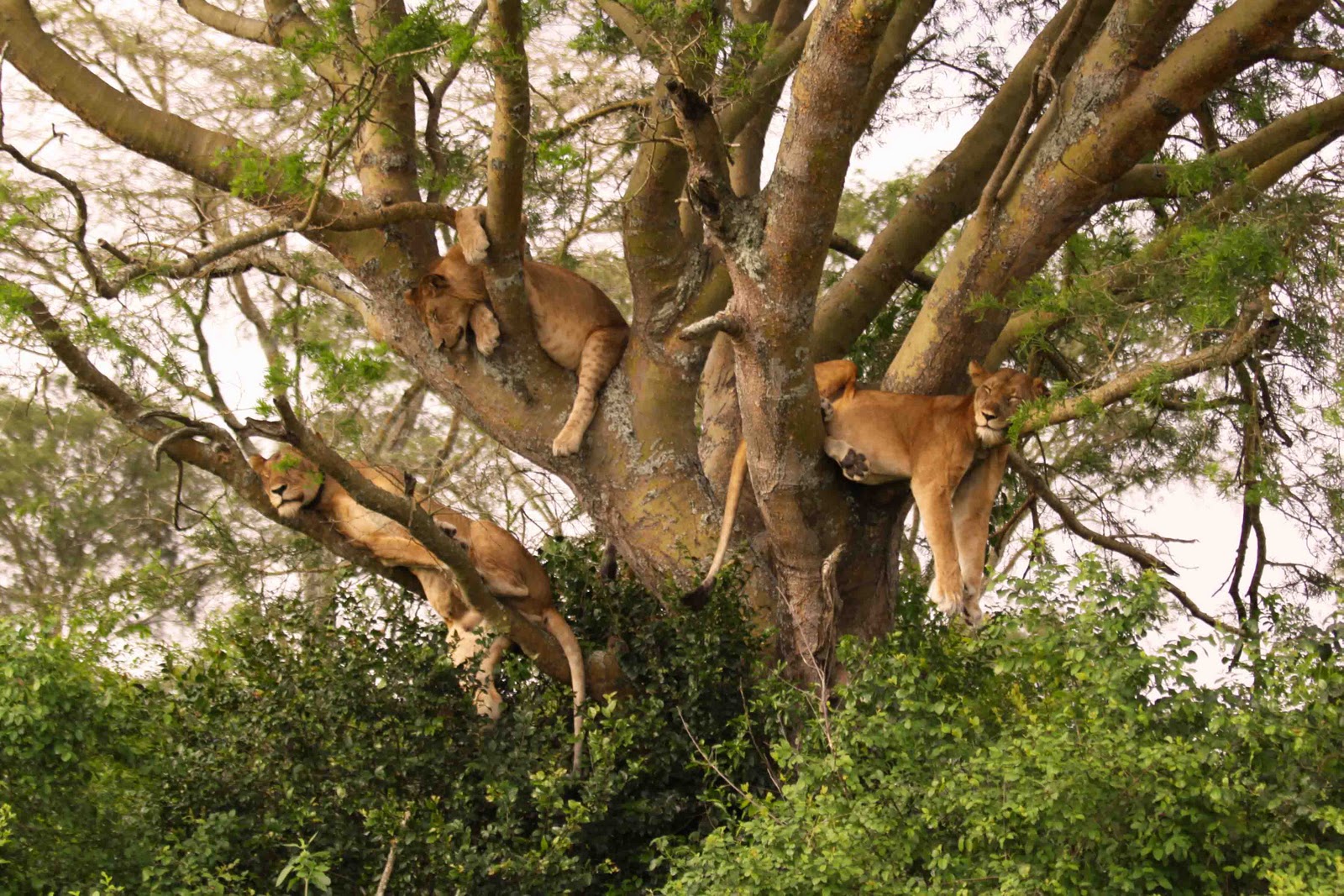
Margaret Oriciru Ludwig Siefert
Executive summary
The present status of lions in Uganda is isolated meta-populations existing in only three of 10 national parks. The fate of lions outside the parks is uncertain because the community often kills them. The isolated meta-population scenario is as a result of human population outburst that has led to human and livestock encroachment in prime wildlife habitats, leading to loss of wildlife corridors and enhanced predator-livestock conflicts. The absolute known numbers of lions as coded by Lion Project experts through census of individuals in specific areas using standard total count and audio calls methods are within 214 individuals between 1999 and 2004. Crude extrapolations derived from densities found in the known areas yields a total projected population size of 354 to 745 lions in the whole country. This low population is faced with various management challenges including indiscriminate killing by the local communities for medicinal and cultural values, or in an attempt to avert livestock losses caused by lion predation or through road kills, habitat loss, loss of their prey base through poaching and disease. A significant amount of this decline was registered during the time of civil strife in Uganda (1970s to early 1980s) due to lawlessness. Although it is difficult to compare trends with past populations due to absolute lack of information, it is clear through the sightings registered before and after the wars that the populations are under a steady decline. In some other protected areas like Lake Mburo National park, the lions have gone extinct, having been extirpated by the neighboring pastoral communities. Lion project reports indicate that at least 1-1.5 male lions, and 2 to 2.25 lionesses per annum get killed. High Sero-prevalence rates have also been registered in some of the lion populations to canine distemper, feline calici, feline immunodeficiency and feline herpes viruses. Sensitivity analysis have revealed that the small lion populations are fragile to the above risk factors, and if not controlled, can lead to very dramatic decline or even extinction.
Despite this precarious population status, the Uganda Wildlife Authority has entered into partnership with various stakeholders and management interventions have been put in place. Collaborations have been formed with academic institutions like Makerere University through the Lions Project, conservation NGOs like CARE, external donor agencies like the Federation of Dutch Zoos’s help that has funded the lion project activities between 1997 and 2004; the African Lion Working Group through sharing of information. The plan for these collaborative management interventions is to improve the survival rates of lion, so that an increase in the populations can be achieved. This has so far been done and will still be through research, community involvement in lion conservation, and donor support. Above all, the Uganda Wildlife Authority would like to emulate the experiences of the neighboring countries in the Southern and Eastern Africa, where lion populations are economically self-sustaining.
So far, this management intervention strategy has worked well for UWA for big game, and populations of Uganda’s major wildlife species are now registering tremendous increase in trends throughout the country’s National Parks (Lamprey and Michelmore, 1996; Lamprey, 2000; Rwetsiba et aI., 2002; Rwetsiba et a/., 2005; and Sommerlatte and Williamson, 1995), and it is our wish to have a similar scenario for the lions.

 Posted in
Posted in 

